- Home
- Missions
- Data
- Communications
- People
- The Earth Observer Newsletter
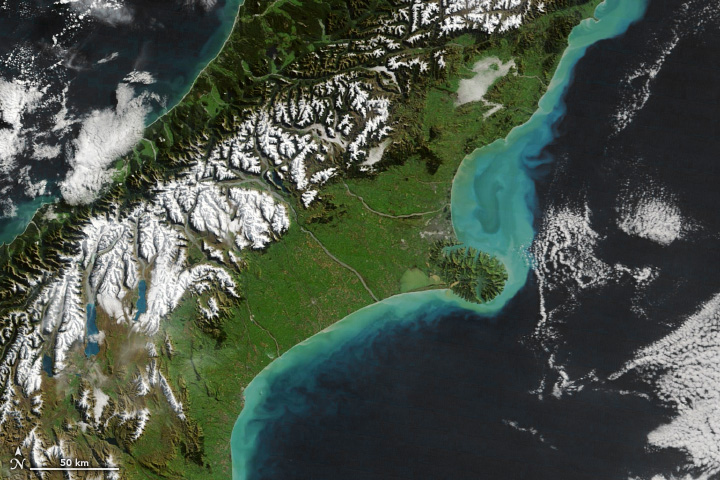
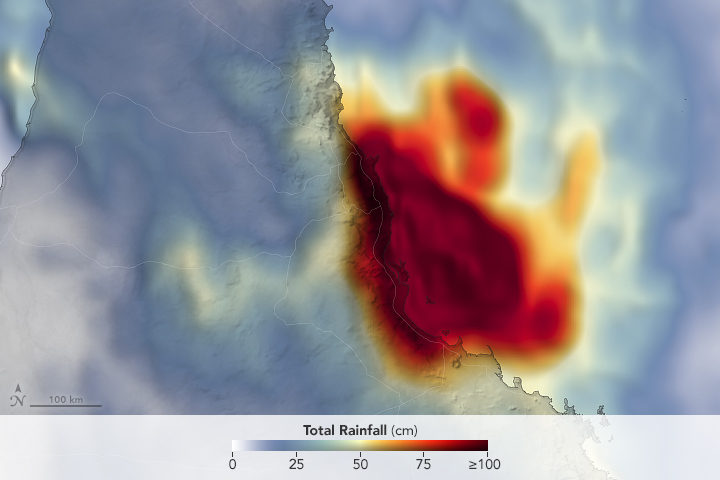
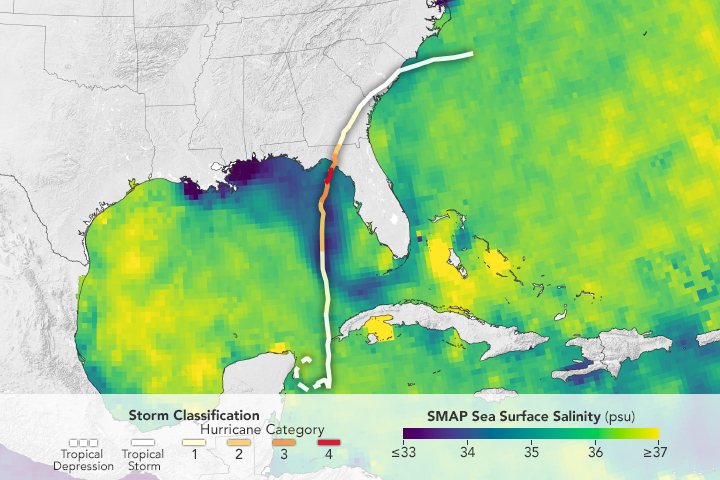

Recent Imagery
You will be directed to the NASA Visible Earth webpage when you select Images by Mission below, or click on the images at right that are randomly generated to represent four out of all possible topics.
You are here
Science Communication Material
NASA's Earth Observing System provides a variety of materials available for download. Feel free to choose a category below:
- Brochures
- Postcards
- Posters
- Science Writers’ Guide
- Mission Brochures
- Fact Sheets
- Calendars
- Booklets
- Lithographs
- Reference and Data Products Handbooks
- iBooks
- Activities
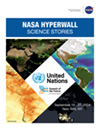 |
Hyperwall Science Stories for UN Summit Event Hyperwall Science Stories for UN Summit Event. This publication appears in: |
 |
NASA Science 12-inch Ruler NASA Science 12-inch Ruler This publication appears in: |
 |
2022 NASA Science Support Office Annual Report NASA's Science Support Office represented NASA Science at 35 in-person and/or virtual exhibits from October 1, 2021 through September 30, 2022. With more than 30 years of history and experience, NASA’s Science Support Office has established a well-deserved reputation as the primary point of contact for the Science Mission Directorate and Earth Science Division for science exhibit outreach and product development. The office brings together a unique skill set in “one team” that enables it to conceptualize, plan, design, and deliver successful small- and large-scale exhibit support services. This publication appears in: |
 |
2023 NASA Science Calendar The 2023 NASA Science Calendar: Science is the key to unlocking the secrets of the universe—unifying humanity with each discovery, expanding our knowledge and igniting our imagination. As we sail the sands of time and space, science gives context and meaning to measures great and small. Did you know there are as many stars in the universe as grains of sand on Earth? The new era of NASA Science discoveries is just beginning, and you are a part of it! This publication appears in: |
 |
2023 NASA Science Calendar (Spanish Version) La ciencia es la clave para descubrir los secretos del universo: uniendo a la humanidad con cada descubrimiento, expandiendo nuestro conocimiento y despertando nuestra imaginación. Al navegar por las arenas del tiempo y el espacio, la ciencia da contexto y significado a mediciones grandes y pequeñas. ¿Sabías que existen tantas estrellas en el universo como hay granos de arena en la Tierra? La nueva era de los descubrimientos científicos de la NASA acaba de comenzar, ¡y tú eres parte de ella! This publication appears in: |
 |
Earth Day Flyer Join NASA'S Earth Day Celebration! Virtual Event Flyer 2023 This publication appears in: |
 |
NASA Science Suborbital Platforms NASA Science supports a variety of suborbital platforms that are designed to take science measurements, including aircraft, balloon, kites, and unscrewed aircraft systems. This publication appears in: |
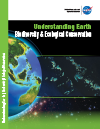 |
Understanding Earth: Biodiversity and Ecological Conservation Biological diversity, or biodiversity, refers to the variety of all life on Earth—on all levels, from genes to species, ecosystems, and biomes. Over the last several decades, however, research has shown that global biodiversity has been on the decline. For decades, satellite and airborne remote sensing instruments have been observing environmental changes that impact biodiversity. This brochure describes how satellite observations—often combined with other measurements taken on the ground or from aircraft—provide information relevant to the distribution of ecosystems and their resident species and how scientists use this information to understand patterns of biodiversity, how biodiversity is changing, the drivers of the changes, and to predict the impacts of environmental changes on biodiversity in the future. This publication appears in: |
 |
2022 NASA Science Calendar The 2022 NASA Science Calendar: Science and discovery unite and inspire us—and are a source of hope in difficult times. Our continued exploration of our planet and the universe around us, while facing the challenges of the pandemic, demonstrates the power of the human spirit to push beyond our limitations and transcend obstacles. After a year of perseverance, 2022 marks a period of new beginnings, and I could not be more excited. This publication appears in: |
 |
2022 NASA Science Calendar (Spanish Version) La ciencia y los descubrimientos nos unen y nos inspiran, y son una fuente de esperanza en tiempos difíciles. La exploración continua de nuestro planeta y el universo que nos rodea, mientras enfrentamos los desafíos de la pandemia, demuestra el poder del espíritu humano para ir más allá de nuestras limitaciones y trascender los obstáculos. Después de un año de perseverancia, el 2022 marca un período de nuevos comienzos, y mi entusiasmo no podría ser mayor. This publication appears in: |
